Author Recent Posts Linta Jamil Latest posts by Linta Jamil (see all) Water Scarcity, Land Degradation, Climate Change: A Disaster for Pakistan’s Food Security – April 22, 2025 International Refugee law and Repatriation of Afghan Refugees – April 22, 2025 China’s Response to Trump’s Tariff War – April 22, 2025
China’s response to new tariffs will be strategically long-term however it needs to balance its strategies with certain additional factors. President Trump increased tariffs on Chinese goods from $50 billion to $360 billion during his first presidency. It is evident that during his present tenure as well he is not backing off from a tariff war. Chinese exports to U.S. have recently been slammed of tariffs over 245 percent. China imposed retaliatory tariffs of 125 percent and has made clear that it will not increase this percentage any further. The country termed Donald Trump’s escalating tariffs as a ‘joke’.
China is expected to walk the same path of retaliatory measures like it did in the past. Chinese commentators have made it clear that even such a high percentage of tariffs can not drastically trigger the Chinese economy. China is confident on its stance that U.S. is not the totality of the market in the world and is diversifying its trading partners. To enhance trade in the Asia-Pacific it signed RCEP (Regional Comprehensive Economic Partnership). It is also increasing diplomatic engagements with the EU to garner its support against America’s unilateral acts of bullying. President Xi Jinping visited Vietnam, Malaysia and Cambodia to gain market access in the field of agriculture. This shows that China is already looking for alternatives to big trade deals. Chinese Commerce Minister has also held video calls with his counterparts from the Gulf countries, a move ahead of the U.S. negotiators. Beijing began talks with Brussels to negotiate on the trade matters of electric vehicles. The nation is already working on trade projects under its Belt and Road Initiative.
Self reliance with regards to tech industry and retaliatory tariffs are other ways China is strategically manoeuvring against President Donald Trump’s tariffs. U.S. has had an edge over China when it came to technology, but President Xi is working to change this. He has launched the Big Fund worth $47 billion to increase semiconductor manufacturing in the country. These are the building blocks of modern computers. Companies like Naura Technology are serving as alternatives to U.S. tech suppliers of China. The 3-5-2 policy works on a similar model to reduce tech reliance on the U.S. Thirty percent foreign tech will be removed in year one of implementation followed by fifty percent and eventually twenty percent in the third commencing year. In response to U.S. sanctions on Huawei, the company developed its own alternative to Android. China has also responded with $110 billion of retaliatory tariffs on imports from the U.S.
China’s response to this trade war incorporates other forms of non-tariff retaliation too. Technological supply chains depend on minerals like graphite and gallium where China is the exporter to U.S. This country is working to strategically restrict the export of these minerals to hit back on America’s high tariffs. It is reaching out to Latin America and Africa in search of new markets, while simultaneously pushing for more transactions in yuan. Chinese suppliers of America’s luxury industry started a campaign on social media where they alleged that famous U.S. brands are acquiring a 90% profit out of every product. This is to encourage consumers from around the world to buy cheaper products directly from the factories in China. This in turn strengthens the ‘buy Chinese’ objective. China has also issued alerts for its nationals considering to study in the United States of America.
President Xi Jinping’s resilience to President Trump’s tariff war does not mean that China is immune from its aftershocks. Yiwu, a town in China is termed as Christmas Town, being the supplier of Christmas and Easter goods to the U.S. The manufacturers in Yiwu are worried about their fate after the high tariffs were imposed. The loss of Yiwu’s biggest market means a loss of livelihood for the inhabitants who are now tirelessly looking for alternatives to the American buyers. Global economists have predicted a recession too. UNCTAD predicts a downwards growth from 2.5% to 2.3% which will amount to a global recession in 2025. This will depreciate the yuan and bring down per capita incomes within China. China may also face economic hurdles from other nations like Pakistan. This is because Pakistan relies on loans from the IMF, which come with an unwritten condition that the fund denies. This is a restriction on making Chinese debt repayments, and it explains for why Pakistan seeks rollovers of all maturing Chinese debt obligations.
Another way in which Donald Trump’s tariffs might hurt Chinese economic gains is U.S.’s control over key technologies. The ruling party in China is a tech enthusiast and has given stimulus packages to this industry. America has an upper hand to China when it comes to the design of cutting-edge chips such as Intel and AMD. These power AI driven software in all techs from smart phones to military machinery. Strained relations with U.S. over a trade war could mean a lack of cooperation extended to China with regards to the critical elements of its tech industry.
The response to President Trump’s tariff war is based on long-term manoeuvring, hence it will guard the might of the Chinese economy. There is however the need for Chinese Communist Party to shift from prioritising industrialisation towards social welfare. This trade war has elucidated that China is over-producing that’s why, its always on the hunt for more markets. This explains for the high savings rate in the country. The people are concerned about future pension and medical liabilities because these are the least prioritised sectors. The government needs to shift more focus from urban infrastructure and technology towards social protection.
- Water Scarcity, Land Degradation, Climate Change: A Disaster for Pakistan’s Food Security - April 22, 2025
- International Refugee law and Repatriation of Afghan Refugees - April 22, 2025
- China’s Response to Trump’s Tariff War - April 22, 2025





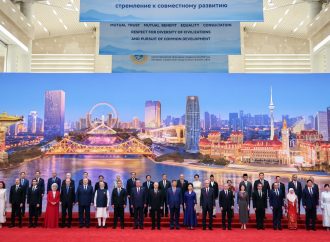
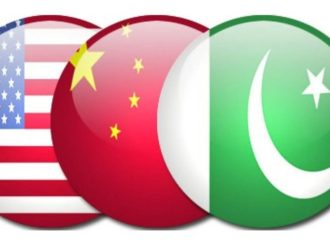
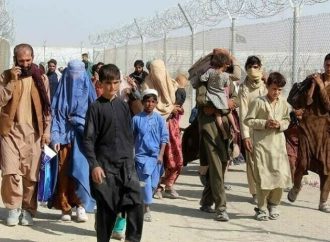




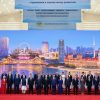
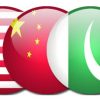




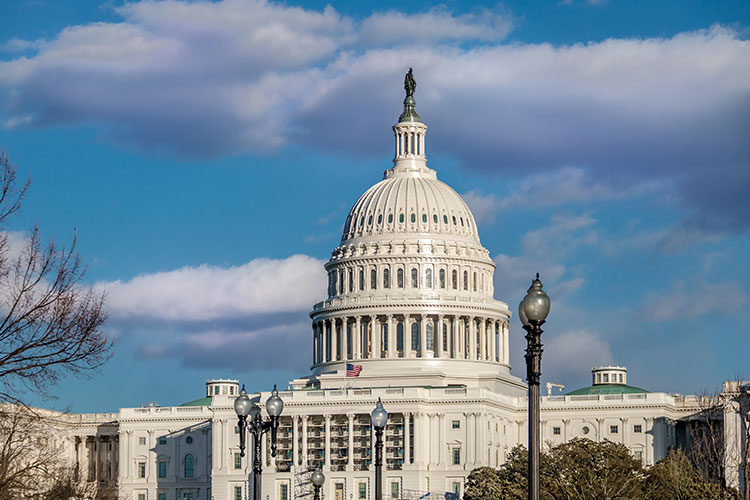



Leave a Comment
Your email address will not be published. Required fields are marked with *